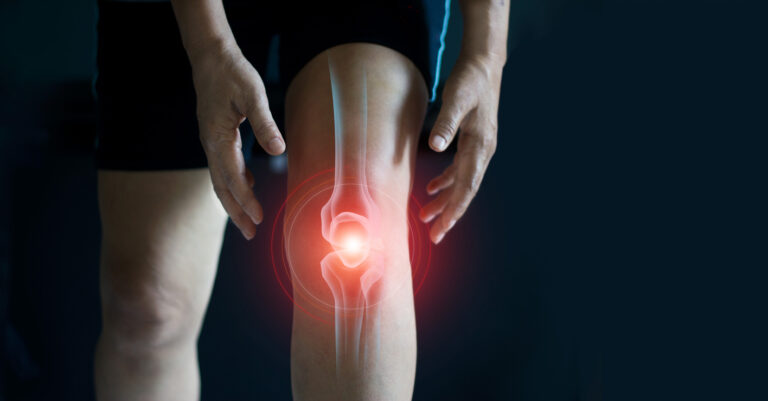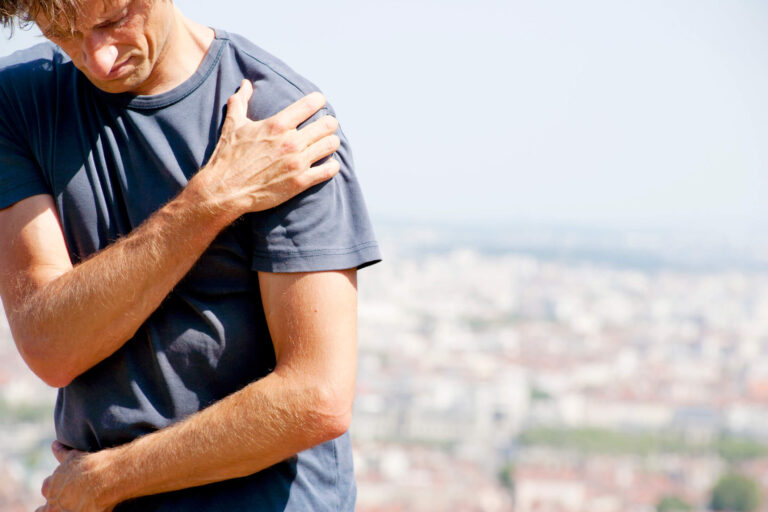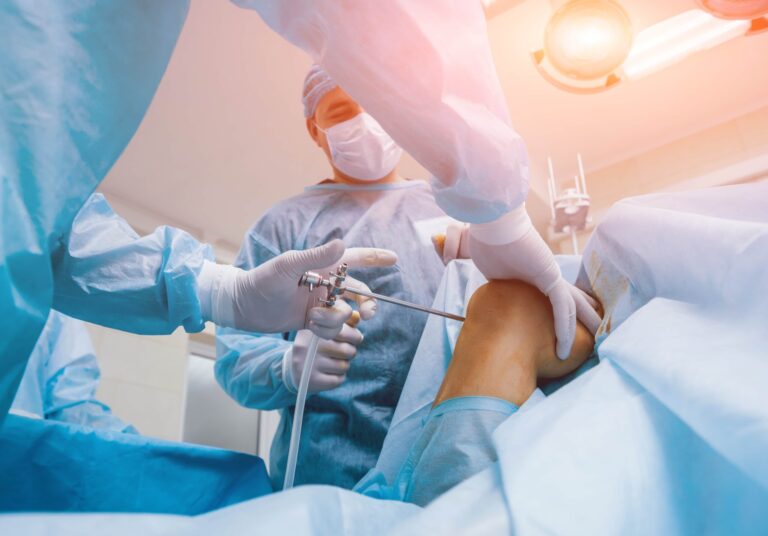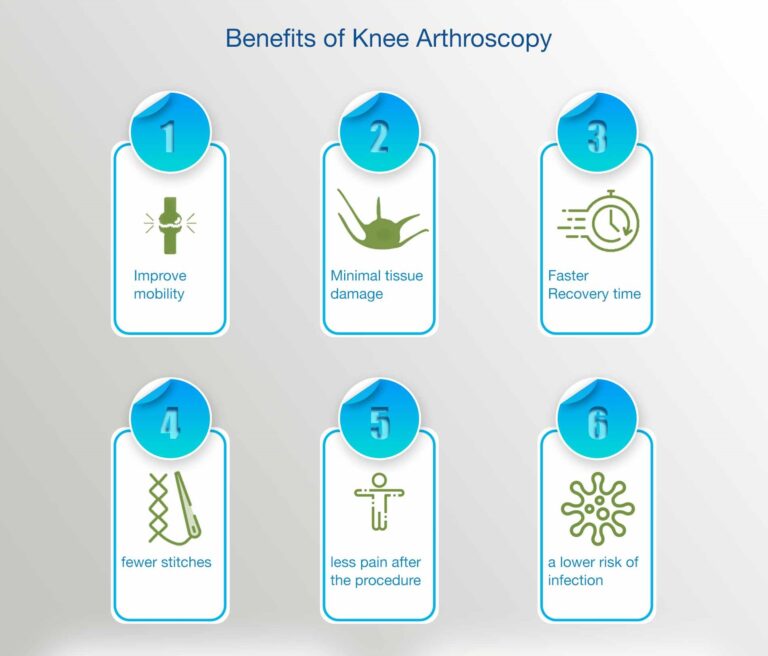ARTHROSCOPY: DIAGNOSIS AND HEALING OF VARIOUS JOINT PROBLEMS
Pain in the knee, shoulder, elbow, ankle, hip, or wrist is a common problem among people in the United States. Doctors sometimes recommend arthroscopy to diagnose and treat problems inside a joint. Arthroscopy is a minimally invasive surgical method on a joint wherein an assessment and in some cases treatment of harm is performed utilizing an arthroscope, an endoscope that is embedded into the joint through a little cut.
In numerous areas, unnecessary muscular strategies that were deferred because of COVID-19 have continued. Arthroscopy has proven to be helpful in the diagnosis and treatment of many non-inflammatory, inflammatory, and infectious types of arthritis as well as various injuries within the joint.

WHAT IS ARTHROSCOPY?
Arthroscopy is a surgical procedure by which the internal structure of a joint is examined for diagnosis and/or treatment using a tube-like viewing instrument called an arthroscope. Arthroscopy was popularized in the 1960s with the advent of fiberoptic technologies and is now commonplace throughout the world. Typically, it is performed by orthopedic surgeons in an outpatient setting. When performed in the outpatient setting, patients can usually return home on the same day the procedure is completed.
Arthroscopy is a kind of keyhole medical procedure used to determine and get issues to have joints.
It’s most usually utilized on the knees, lower legs, shoulders, elbows, wrists, and hips. Arthroscopy gear is tiny, so just little cuts in the skin are required. This implies it enjoys a few upper hands over “open” medical procedures, including:
- Less pain after the operation.
- Faster healing time.
- Lower risk of infection.
- You can often go home the same day.
- You may be able to return to normal activities more quickly.
WHEN IS ARTHROSCOPY USED?
Your bones, ligament, tendons, muscles, and ligaments can be generally harmed by sickness and injury. To analyze your condition, your PCP will take an intensive clinical history, play out an actual assessment, and request imaging studies — generally x-beams. For certain circumstances, an extra imaging study —, for example, and attractive reverberation imaging (MRI) check or an automated tomography (CT) filter — may likewise be required. In the wake of deciding, your PCP will decide the most fitting treatment decision for your condition.

Conditions that are commonly treated with arthroscopic procedures include:
Inflammation: Mainly including, synovitis which is a condition causing the tissues surrounding the knee, shoulder, elbow, wrist, and ankle joint to become inflamed.
Acute or chronic injuries, including:
- Rotator cuff tendon tears.
- Shoulder impingement.
- Recurrent dislocation in the shoulder.
- Meniscal (cartilage) tears in the knee.
- Chondromalacia (wearing or injury of the ligament pad in the knee).
- Foremost cruciate tendon (ACL) tears with insecurity in the knee.
- Carpal passage disorder in the wrist.
- Free assortments of bone and additional ligament, especially in the knee, shoulder, elbow, lower leg, or wrist.
A few issues related to joint inflammation can likewise be dealt with arthroscopically.
HOW IS ARTHROSCOPY PERFORMED?
The techniques beneath are performed either with arthroscopy or with a blend of arthroscopic and open medical procedures:
- Rotator cuff repair
- Fix or resection a torn ligament (meniscus) from the knee or shoulder
- Recreation of the front cruciate tendon (ACL) in the knee
- Expulsion of the synovium in the knee, shoulder, elbow, wrist, or lower leg
- The arrival of the carpal passage in the wrist
- Fix torn tendons
- Expulsion of free bone or ligament in the knee, shoulder, elbow, wrist, or lower leg
Though within practically everything joints can be seen with an arthroscope, six joints are most often analyzed with this instrument. These are the knee, shoulder, elbow, lower leg, hip, and wrist. As advances are made in fiber optic innovation and new methods are created by muscular specialists, different joints might be dealt with all the more habitually later on.

HOW IS THE RECOVERY PROCESS AFTER ARTHROSCOPY SURGERY?
Whenever the arthroscopy is finished, you’ll be taken to a recuperation room where you’ll rest for about an hour or more. You might have some aggravation in the joint after a medical procedure. Your primary care physician might endorse torment drugs and exercise. They could likewise recommend ibuprofen or other prescription to forestall blood clumps.
Apply ice for the initial 24 hours to diminish enlarging. If you’ve had an arthroscopy on your knee, raise the leg to lessen the pain. Take torment prescriptions as recommended, and don’t drink liquor. You might require bolsters, a brace, or a sling for help as you recuperate.
Arthroscopic medical procedure generally brings about less joint agony and solidness than open a medical procedure. Recovery is quick and usually takes less time.
You’ll have little puncture wounds where the arthroscopic apparatuses went into your body. The day after a medical procedure, you might have the option to eliminate the surgical wraps and supplant them with little strips to cover the entry points. Your primary care physician will eliminate non-dissolvable fastens following a week or 2.
While your injuries heal, you’ll need to keep the site as dry as could be expected. This implies covering them with a plastic sack when you shower. Your doctor will suggest the activities you are allowed when you are discharged. You can return to work or school within a couple of days after the medical procedure. Full joint recuperation regularly requires a little while. It might require a while to fully recover.
WHAT ARE THE ADVANTAGES?
In spite of the fact that arthroscopic medical procedure has gotten a great deal of public consideration since it is in many cases used to treat notable competitors, it is an incredibly significant apparatus for every single muscular patient and is by and large simpler on the patient than open a medical procedure. Most patients have their arthroscopic medical procedure as short-term patients and are home a few hours after the medical procedure.

The advantages of arthroscopic surgery include:
- Smaller incisions
- Minimal soft tissue trauma
- Less post-operative pain
- Faster healing time
- Lower infection rate
It might require half a month for the stabbings to recuperate and the joint to recuperate. A restoration program might be instructed for rapid recuperation concerning ordinary joint capacity. You can continue typical exercises for a couple of days.
WHAT CONDITIONS MOST FREQUENTLY ARE FOUND WITH ARTHROSCOPY?
Some of the conditions that are most frequently discovered during an arthroscopic procedure include:
- Inflammation: This includes the lining of the synovium of the knee, shoulder, elbow, wrist, or lower leg.
- Injuries: These include the following:
- Rotator sleeve ligament tears, impingement disorder, and repetitive separations in the shoulder
- Bits of free bone or ligament. This is especially in the knee, shoulder, elbow, lower leg, or wrist.
It is important to see your medical services supplier for a therapy suggestion in light of your singular condition.
OUTLOOK
Arthroscopy is a minimally invasive procedure that is beneficial in various joint problems. Complication during and after this medical procedure is rare. Many people return to full, unrestricted exercises or activities after arthroscopy. Your recovery will depend upon the sort of damage that impacted your knee.
If you or anyone you know is suffering from joint pain, our expert providers at Specialty Care Clinics will take care of your health and help you recover.
Call us on (469) 545-9983 to book an appointment with our specialists.
